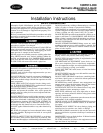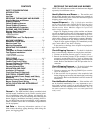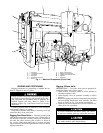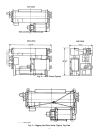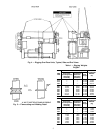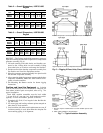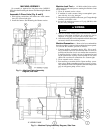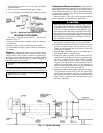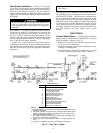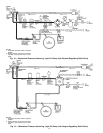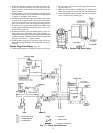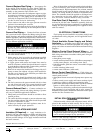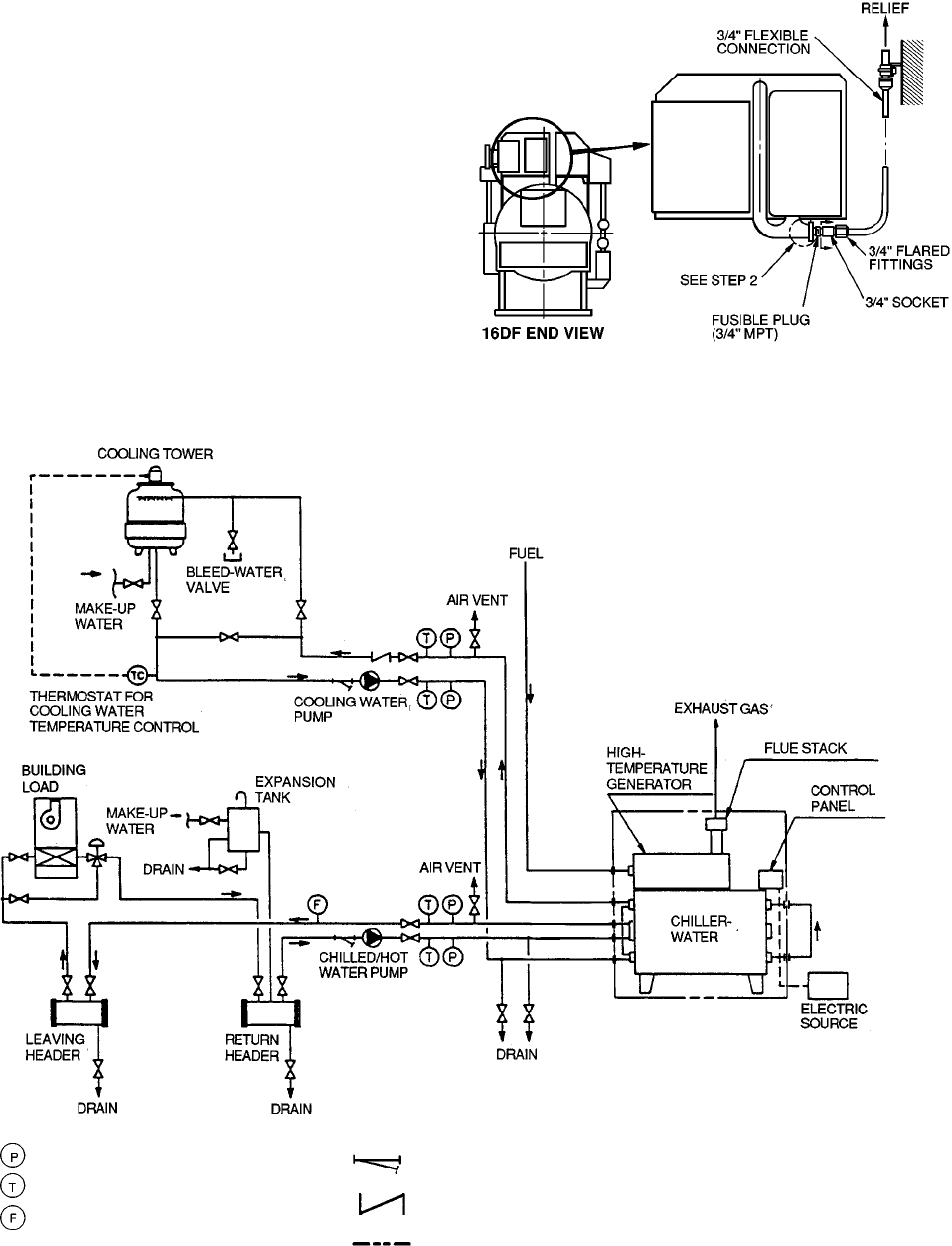
4. Water flow direction must be as specified in job flow dia-
grams or water flow markings on water boxes, and con-
nections must be to the correct entering and leaving wa-
ter box nozzles.
5. Install water box vent and drain piping in accordance with
individual job data. Air vents should be at all high points
in piping to eliminate water hammer.
6. Location of the chilled hot water and cooling water pumps
as well as the expansion tank must allow for the hydro-
static and water heads, to ensure that the total pressure
does not exceed the water box design working pressure.
7. A cooling tower bypass valve should be installed if the
cooling water temperature might fall below 59 F (15 C)
during chiller operation.
8. Install thermometer wells and thermometers on the en-
tering and leaving chilled/hot water pipes, absorber en-
tering and leaving cooling water pipes, and condenser leaving
cooling water pipe. Thermometer wells should extend into
the pipe a minimum of
1
⁄
3
pipe diameter.
9. Install pressure gage taps and pressure gages on the en-
tering and leaving chilled/hot water pipes and cooling wa-
ter pipes.
Fusible Plug Drain Piping (Fig. 16)
1. Connect drain piping to discharge hot water to safe area.
2. Do not loosen or disconnect fusible plug while connect-
ing relief pipe to it.
3. Make sure connections to fusible plug are threaded and
allow easy piping removal for leak test and maintenance.
4. Install pipe hangers where needed to be sure no weight or
stress is placed on the fusible plug.
LEGEND
— PRESSURE GAGE
— THERMOMETER
— FLOW METER
— STRAINER
— CHECK VALVE
— MACHINE ENVELOPE
Fig. 15 — Piping Flow Schematic
Fig. 16 — Fusible Plug Drain Piping
11



